Teaching Made Easy with Artificial Intelligence
- Teachers
- May 8, 2024
- Saloni Sacheti
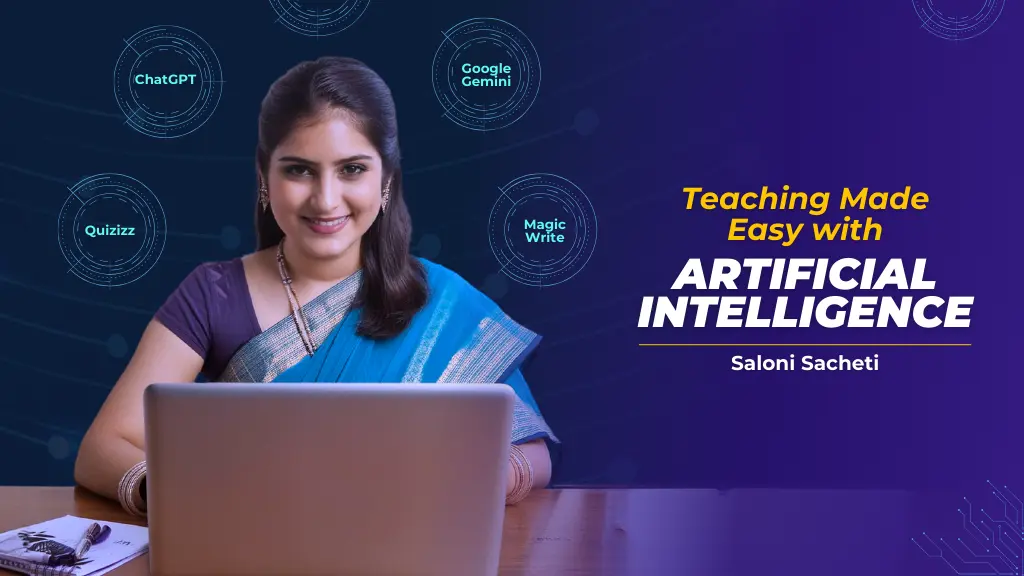
Let’s meet Mrs Gambhir, the heart of her classroom, loved by her students for her warmth and revered for her teaching finesse. Her lessons are like magic, effortlessly captivating young minds and making learning a joyous adventure.
But even the best stumble sometimes. Mrs Gambhir hit a roadblock with a new topic. Determined not to let her students down, she did something unexpected: she turned to AI for help.
With a mix of skepticism and hope, Mrs Gambhir reached out to ChatGPT, hoping for a spark of inspiration. Little did she know, this decision would lead her on an unexpected journey of growth and discovery, enriching her teaching style and leaving a lasting impact on her students.
Several AI tools in education are transforming the way we learn. They can respond like humans and give thoughtful answers, making learning more interactive and fun. AI-powered platforms now offer interactive activities, personalised learning experiences, and real-time feedback, making them indispensable for modern educators.
This blog post explores the uses of AI to support educators, enabling personalised student support, immediate feedback and expanded access to information.
How AI is Revolutionising Education
AI is no longer just about answering questions—it’s reshaping the classroom experience. Here’s how:
1. Interactive Learning with AI
AI tools, such as Google Gemini, now offer interactive activities that engage students in real-time. Teachers can create gamified quizzes, AI-powered discussions, and adaptive learning paths to cater to the diverse needs of students.
Prompt: Create an interactive quiz for class 5 science for the chapter air and water, focusing on the topic of air and atmosphere, mixture of gases and properties of air.
2. AI for Lesson Planning
Lesson planning consumes a significant portion of a teacher’s time, often requiring hours to structure engaging, practical, and curriculum-aligned lessons, leaving less time for direct student interaction and personalised teaching. Here are a few tools to help you save time for yourself.
- AI-Tutor.ai – Generates structured lesson plans, quizzes, and worksheets in seconds.
- Magic School AI – Helps create personalised curriculum and align lessons with educational standards.
- Eduaide.AI – Adapts lessons in real-time based on student responses.
3. AI for Instant Explanations & Teaching Assistance
Imagine having a personal assistant who effortlessly handles all your tedious tasks, freeing up your time and energy for more important things. Now, what if you didn’t have just one, but an entire team of AI-powered assistants, each designed to streamline different aspects of your work?
✅ ChatGPT – Provides detailed explanations and examples for various subjects.
✅ Curipod – Creates interactive presentations and project-based learning activities.
✅ Cognii – AI-powered tutoring tool that offers personalised explanations.
4. AI for Grading & Feedback
Grading and giving feedback can feel like an endless cycle—carefully assessing each student’s work, crafting meaningful comments, and maintaining fairness, all while balancing lesson planning and keeping the classroom running smoothly. It’s a demanding task that AI-powered tools can simplify, allowing educators to regain the time they need to focus on what truly matters—teaching and student engagement. Here are a few tools which can help.
✅ Gradescope – Automates grading for assignments, including essays and handwritten responses.
✅ Quizizz – Generates auto-graded quizzes and gamified assessments.
✅ Otter.ai – Transcribes and analyses student discussions for feedback
Other Essential AI Tools for Teachers
🔗 Grammarly – Helps teachers refine writing and improve grammar.
🔗 Canva – Enables teachers to create visually engaging lesson materials.
🔗 Magic Write – AI-assisted content creation for lesson plans and assignments.
🔗 Audiopen – A voice-to-text tool that will help you write blogs, content, emails and lesson plans.
🔗 Gamma.ai – The most efficient tool to create presentations.
Prompt Engineering for Effective AI Use
To utilise A effectively, teachers should understand the concept of prompts, which are text inputs or questions that guide its responses. Creating effective prompts involves providing clear and specific instructions, utilising keywords, and refining prompts based on the desired output.
The key is to be specific—the more precise the prompt, the better the AI-generated response.
Prompt: Generate a short story to illustrate the concept of perseverance for my elementary school students.
Prompt: Provide examples of real-life applications of the Pythagorean theorem for class 10 geometry class.
Response:
Prompt: Summarize the key findings of recent studies on the impact of technology on student learning outcomes.
Response:
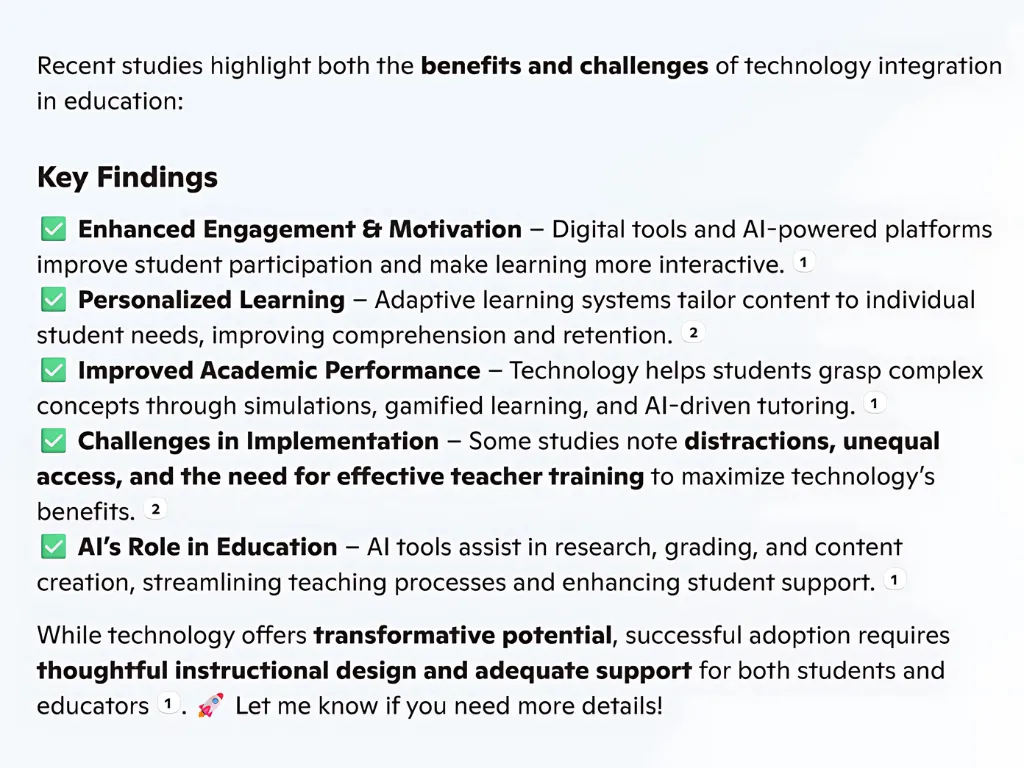
You have the flexibility to adjust the prompts to achieve your desired outcome. The key is to have a clear understanding of what you want from your AI genie, and the genie shall provide an answer.
Challenges & Considerations
While AI offers numerous benefits, it’s essential to recognise its limitations:
- AI-generated responses may contain biases or inaccuracies; teachers must review AI-generated content before using it.
- Over-reliance on AI may reduce independent thinking and problem-solving skills.
- AI tools may collect and process student data, raising concerns about privacy. AI should complement human teaching, not replace it.
Conclusion
AI in education is revolutionising teaching, offering interactive learning experiences, personalised support, and enhanced content creation. By embracing AI-powered tools, teachers can unlock new possibilities for innovation, engagement, and academic excellence.
Bonus Tip:
A few other AI tools that will be useful for teachers include Microsoft Co-pilot, Google Gemini, Grammarly, Canva, Magic Write, and Quizizz. Share your favourites in the comments to help everyone discover these assistants.
Frequently Asked Questions:
How can AI in teaching save me time on lesson planning and grading?
AI-powered tools can help teachers automate various teaching tasks, such as lesson planning, grading, feedback, PPT generation, creating quizzes, and more, allowing teachers to focus on student engagement and enhancing learning experiences.
Will AI replace teachers in the future?
No! The uses of AI in education focus on assisting educators rather than replacing them.
Are there AI tools that support interactive learning?
Yes! Google Gemini provides interactive AI-powered activities, Quizizz enables gamified quizzes, and Curipod helps design engaging lesson presentations, enhancing AI in teaching.
Is AI-generated content always accurate?
Not always. AI tools sometimes generate incorrect or biased responses, so teachers should review AI-generated content before using it in lessons.
How can schools ensure ethical AI use?
By implementing guidelines, ensuring data privacy, and offering teacher training on responsible AI in education.
AI for Personalised Learning & Feedback
Can AI help me tailor lessons for individual student needs?
Yes! AI-powered adaptive learning platforms analyse student progress and suggest personalised content modifications, ensuring effective AI in teaching.
How does AI improve student assessment and feedback?
AI tools like Gradescope and Quizizz provide instant feedback, helping students understand mistakes and refine learning outcomes
Suggestion:
Share On:
Written By:

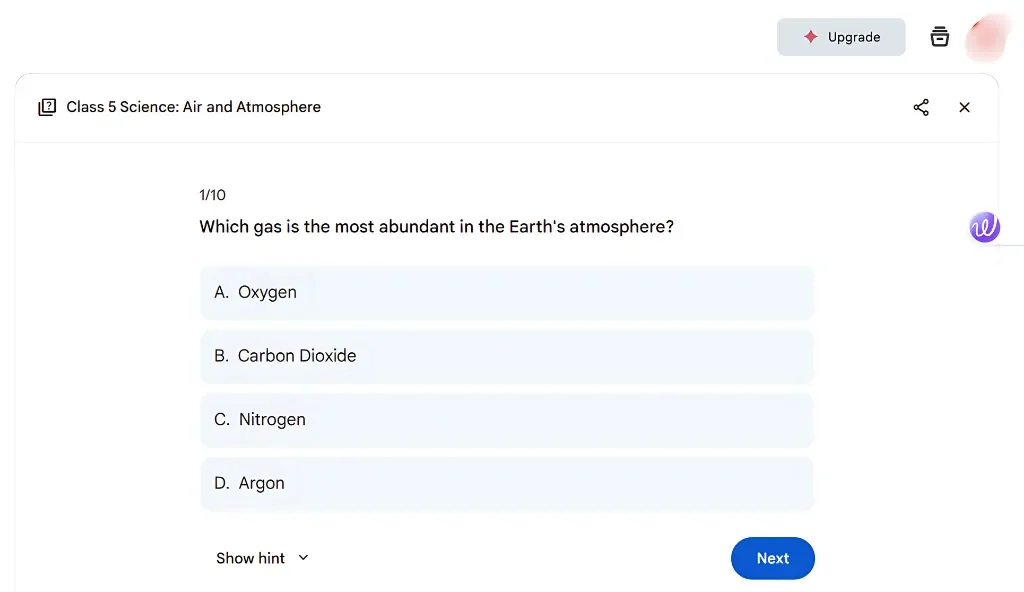
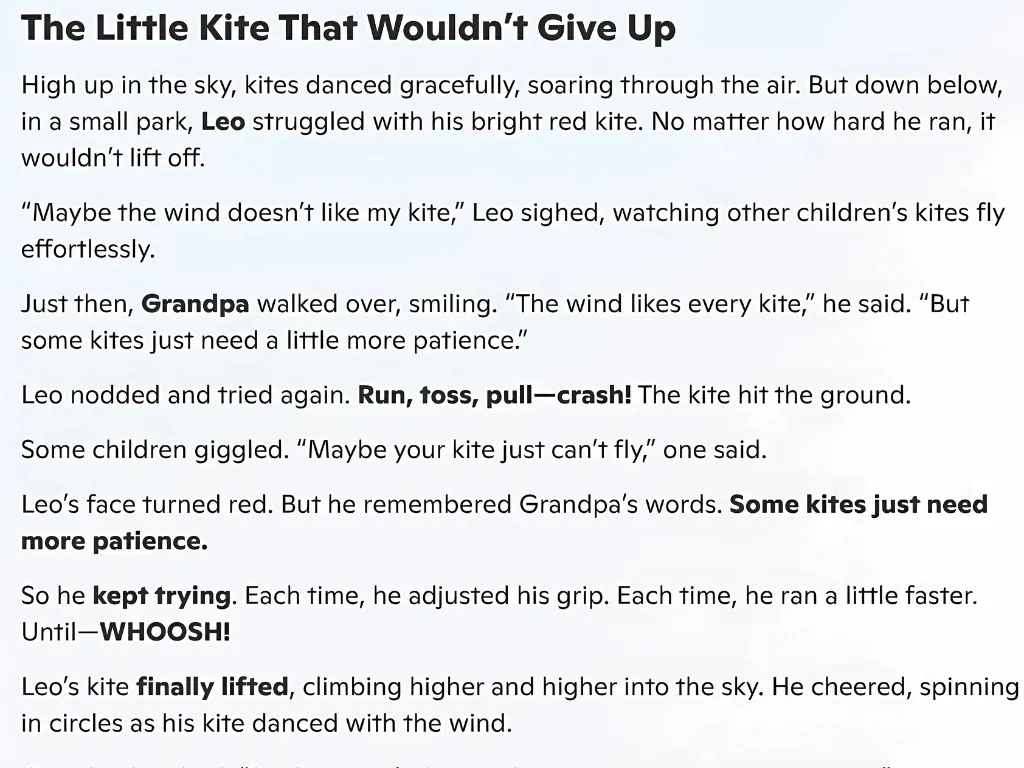
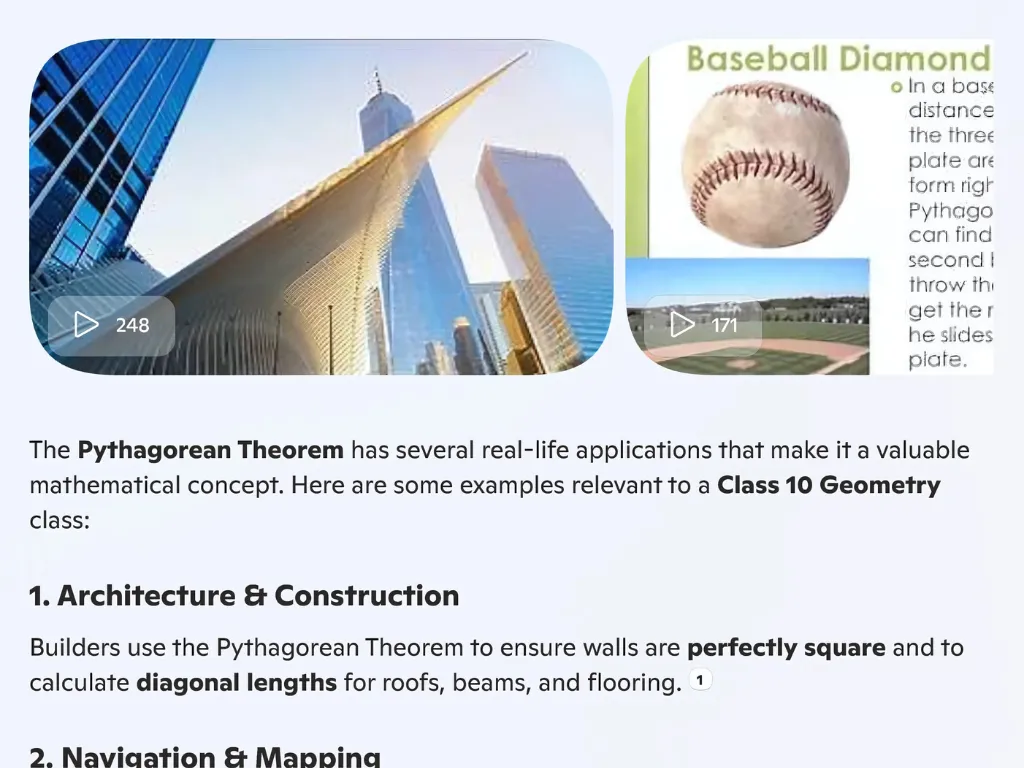








Your blog post had me hooked from the very beginning!